Hamo is a high-class fish that is indispensable in Kyoto cuisine, but do you know what kind of fish it is? Contrary to its beautiful white flesh, it is also popular for its large size and aggressive nature. Despite its many fine bones, skilled chefs use a special technique to make it tender and enjoyable. In this article, we will explain what kind of fish conger eel is, along with where locals produced it and when it is in season.
What is Hamo?
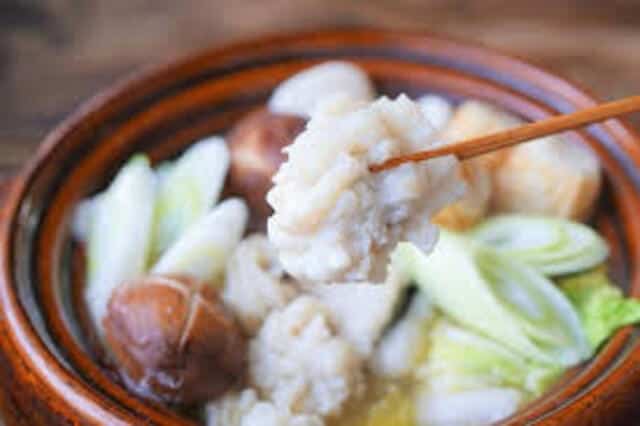
Hamo (ハモ), or conger eel, is a type of saltwater eel widely consumed in Japan, especially in the Kansai region. It is highly prized for its delicate flavor and firm yet tender texture. Hamo is particularly popular in Kyoto cuisine, where it is often enjoyed during the summer months. Another characteristic of conger eels is that they have beautiful white flesh, which is hard to imagine given their ferociousness and appearance. The flesh is fatty, so you can feel a rich flavor within the light umami taste.
Hamo Season and Production Areas
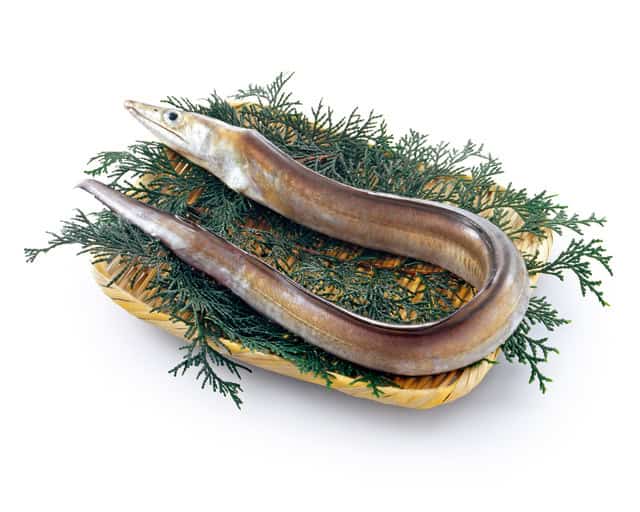
Hamo reach their peak season from June to July as temperatures rise and spawning season approaches. They develop rich, fatty meat in the summer before spawning, making them especially flavorful. Fishermen primarily catch conger eels in various parts of Western Japan. Hyogo Prefecture leads in catch volume, followed by Tokushima Prefecture.
Calories and Nutrition of Conger eel
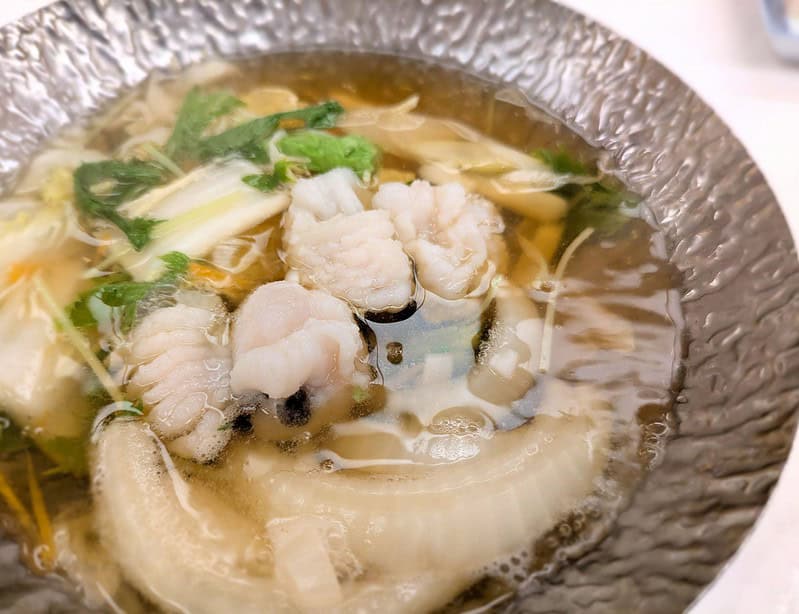
Hamo is a nutritious fish, rich in protein, calcium, and vitamin D.
- Calories: 132 kcal per 100g (raw).
- Protein: 22.3g per 100g, essential for muscles, organs, skin, and hair. Since the body cannot synthesize protein, it must be obtained from food.
- Calcium: 79mg per 100g, crucial for bone and teeth health. A deficiency may lead to osteoporosis, while excessive intake can cause health issues.
- Vitamin D: 5μg per 100g, aiding calcium absorption, bone growth, and immune regulation.
Hamo is a valuable source of essential nutrients for overall health.
Various Hamo Dishes
Hamo Tempura
A fried dish where you can enjoy crispy batter and fluffy meat. It’s classic to eat it refreshing with sansho pepper salt or sudachi citrus.
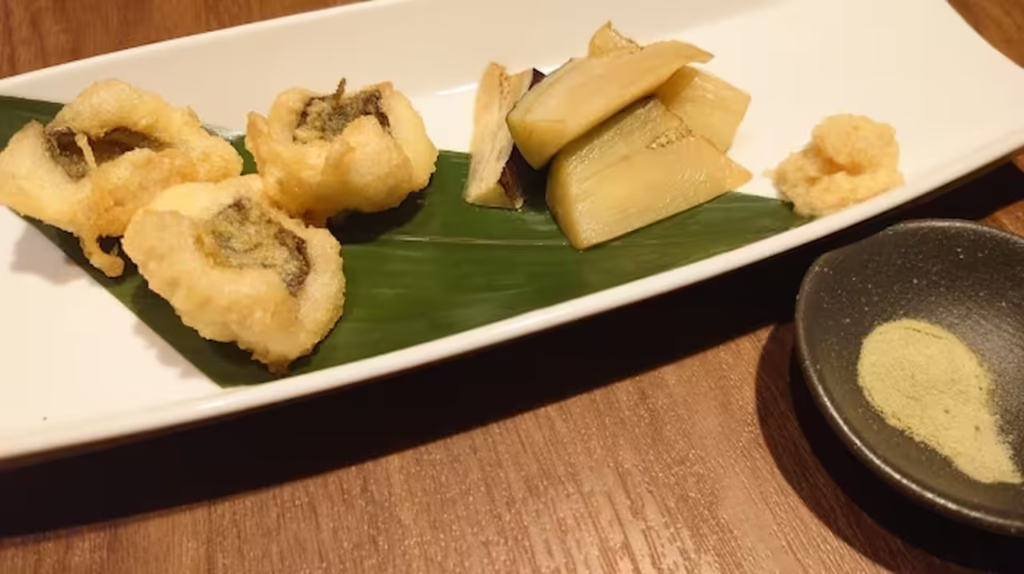
Hamo Hot Pot
A hot pot dish where pike conger, cut with fine bone cuts, and vegetables are simmered in kelp broth. Adding onions is a distinctive feature, enhancing the umami flavor.
Fried Hamo
A dish marinated with ginger and garlic then deep-fried. The batter is crispy, and the meat is tender and fluffy.
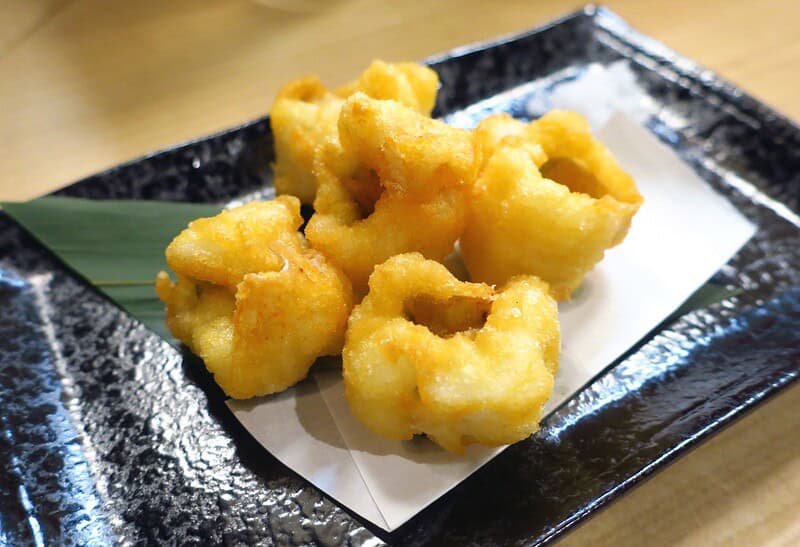
Hamo with Plum Sauce
A refreshing appetizer of blanched hamo served with plum sauce. A classic early summer dish that pairs well with alcohol.
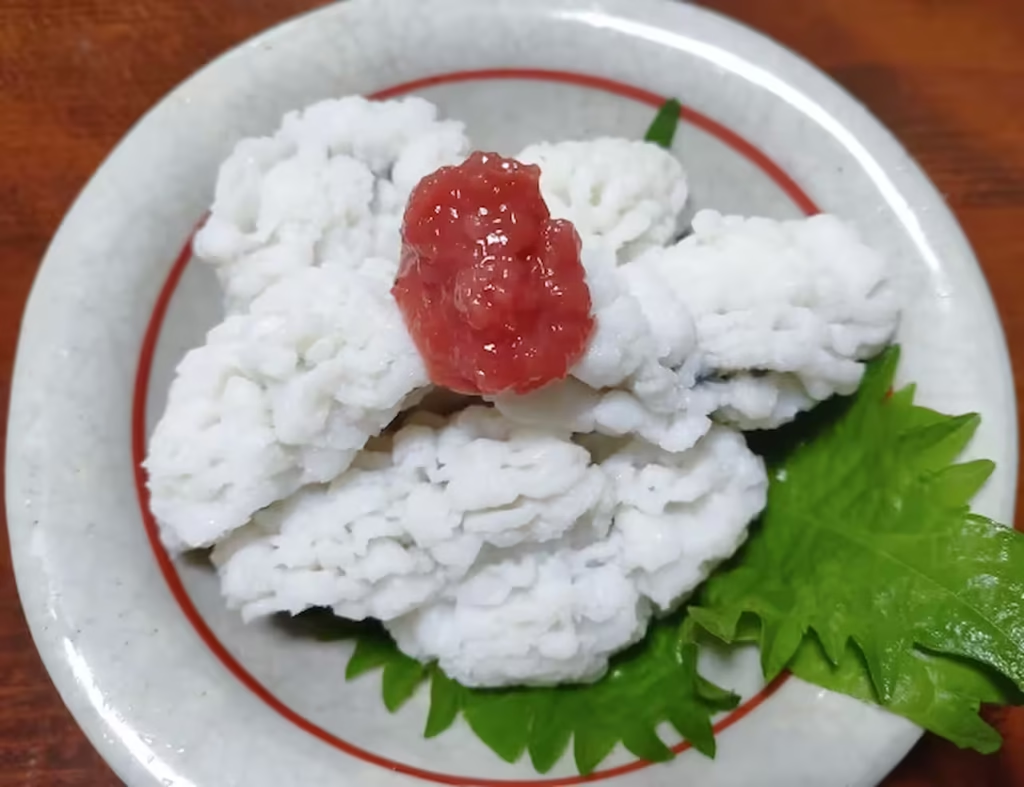
FAQ
- When is the best season for pike conger (hamo)?
-
The prime season is from early summer to autumn, with the fattest period especially from the rainy season through to the spawning season.
- What does pike conger taste and feel like?
-
It has a light, refined sweetness and is characterized by a fluffy texture.
- How are the small bones of pike conger handled?
-
Since pike conger has many fine bones, a technique called “honegiri” (bone cutting) is used during preparation to finely cut the small bones, making it easier to eat.
How to Prepare Hamo
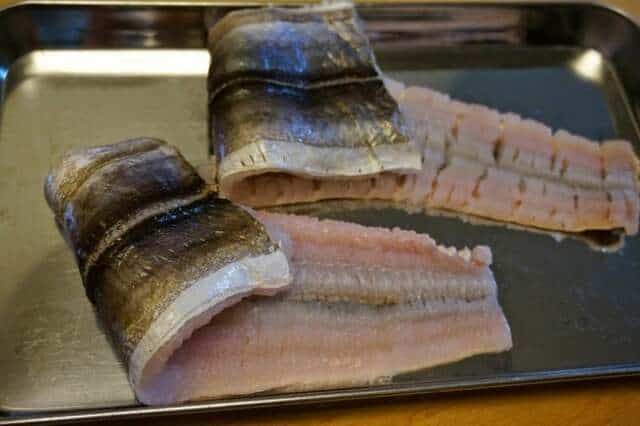
Since conger eel has many long, hard small bones, you cannot eat it without proper preparation. To make it edible, chefs perform a technique called “bone cutting.” This method involves making small cuts into the flesh to break the tiny bones while keeping the skin intact. When cutting, the knife must reach the skin without slicing through it, requiring precise skill. As you handle the eel, be cautious of its slippery surface to avoid injury.
Final Thoughts
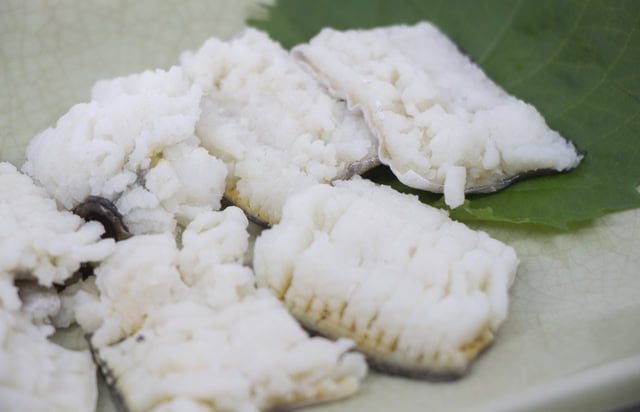
Hamo is a prized delicacy in Japan, known for its delicate flavor, rich texture, and skillful preparation. Whether enjoyed as tempura, sushi, or in a refreshing summer dish, it offers a unique taste that reflects Japan’s culinary craftsmanship. If you have the chance to visit Japan, don’t miss the opportunity to try fresh hamo. Experience its exquisite flavor for yourself and discover why it holds a special place in Japanese cuisine!
If you enjoyed learning about hamo, you might also want to try other delicacies like anago (saltwater eel) or fugu (pufferfish), which offer similarly refined flavors and showcase Japan’s expert seafood preparation.
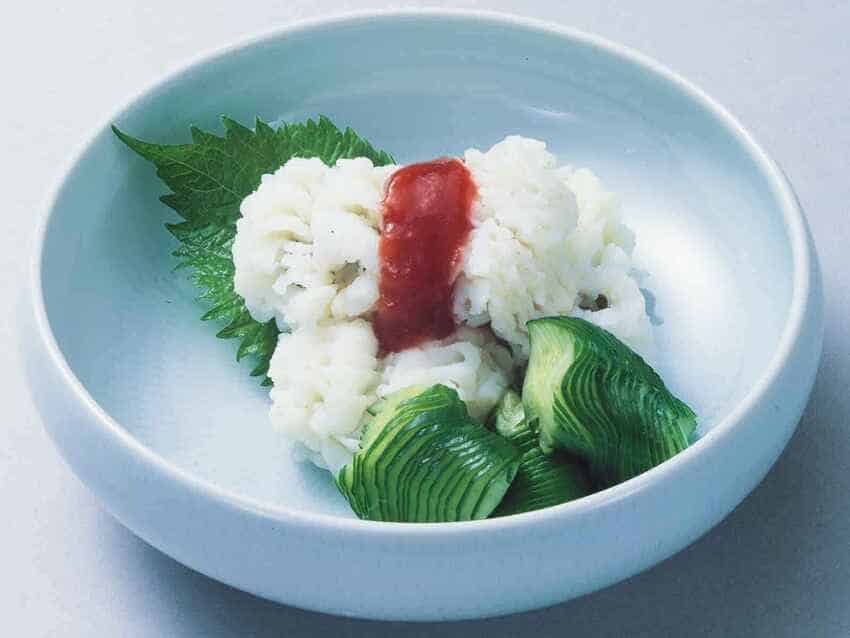
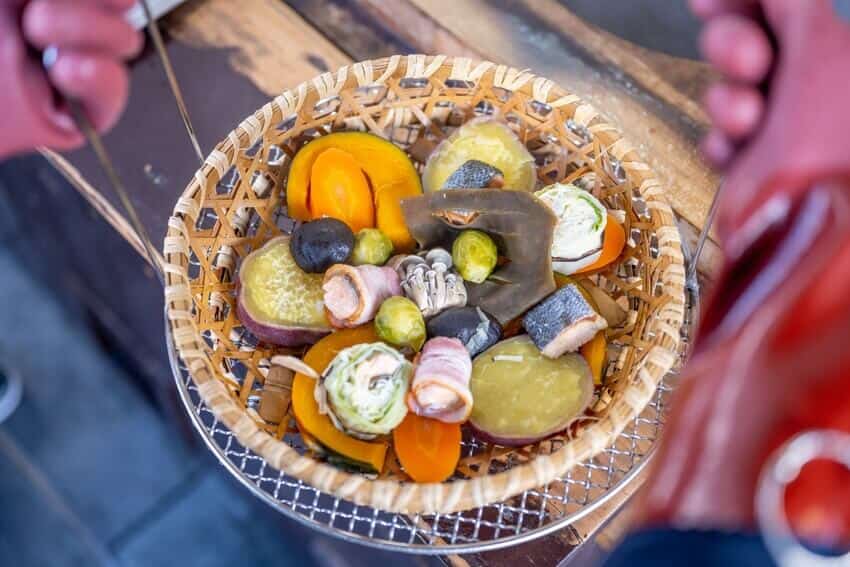
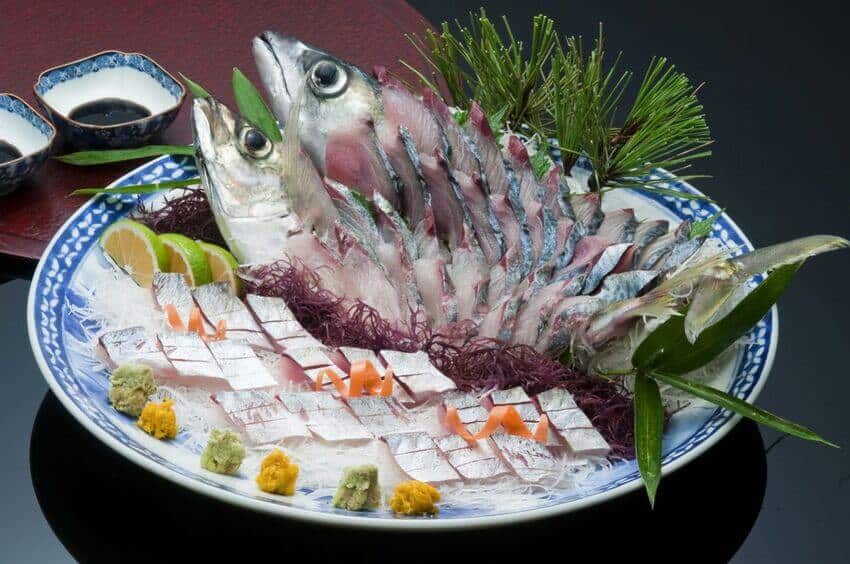
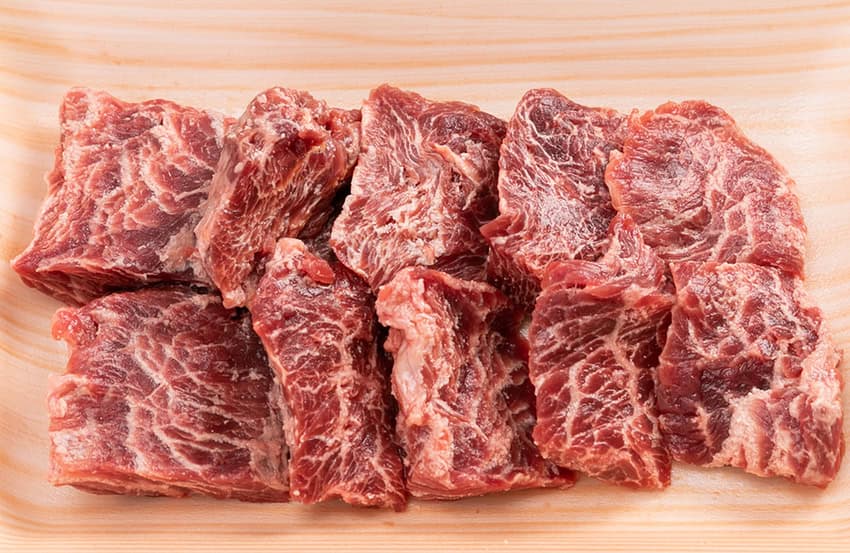
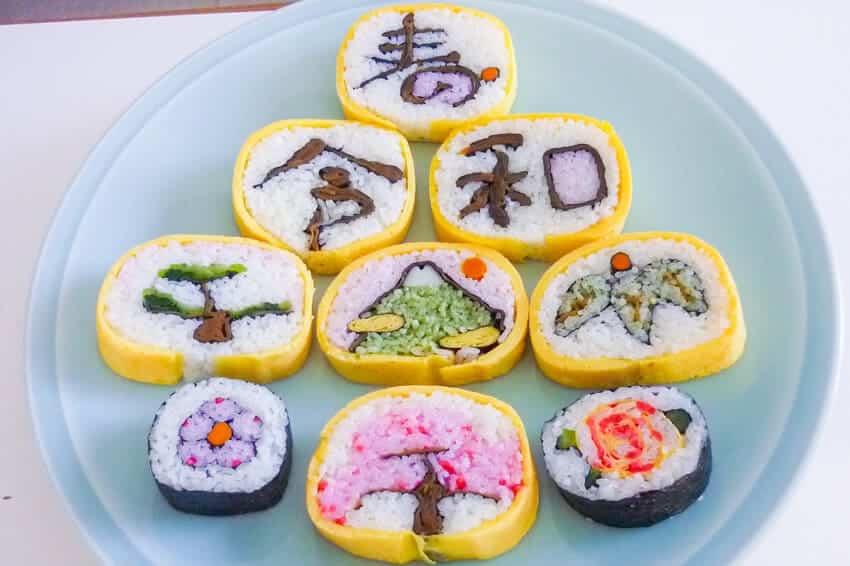

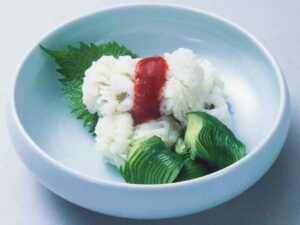


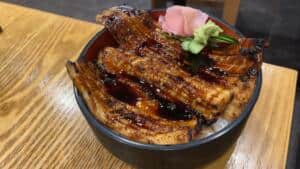


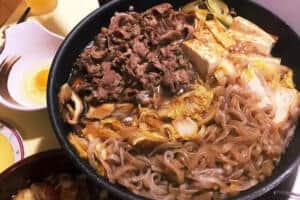
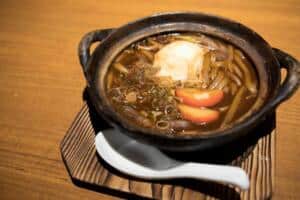
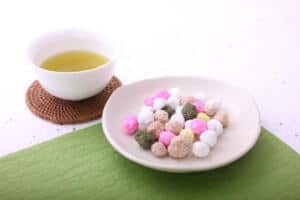
Comments